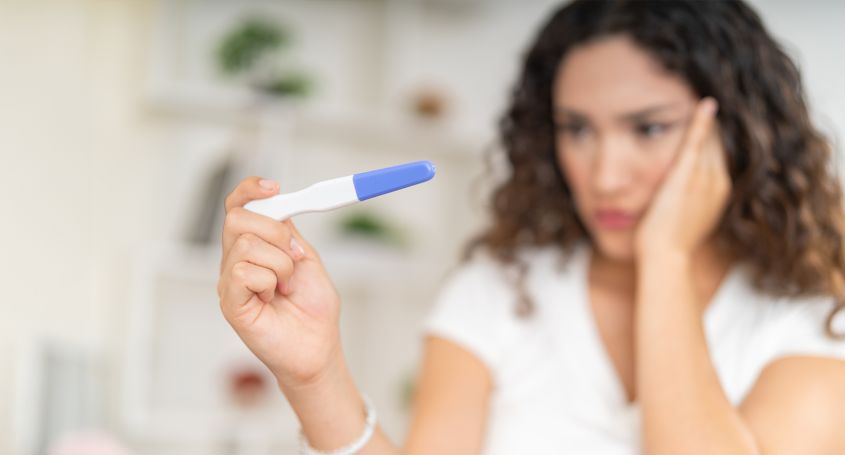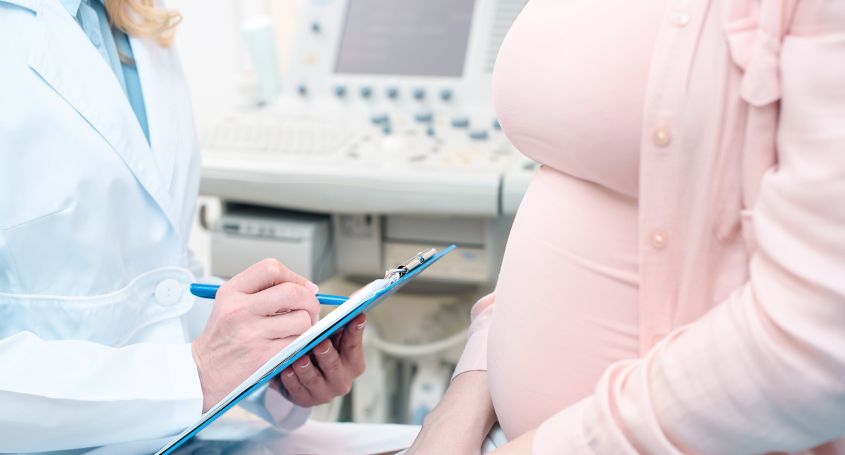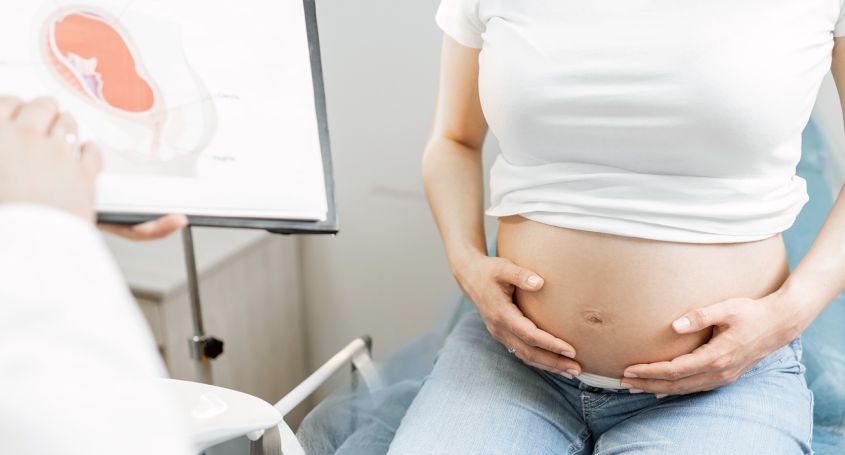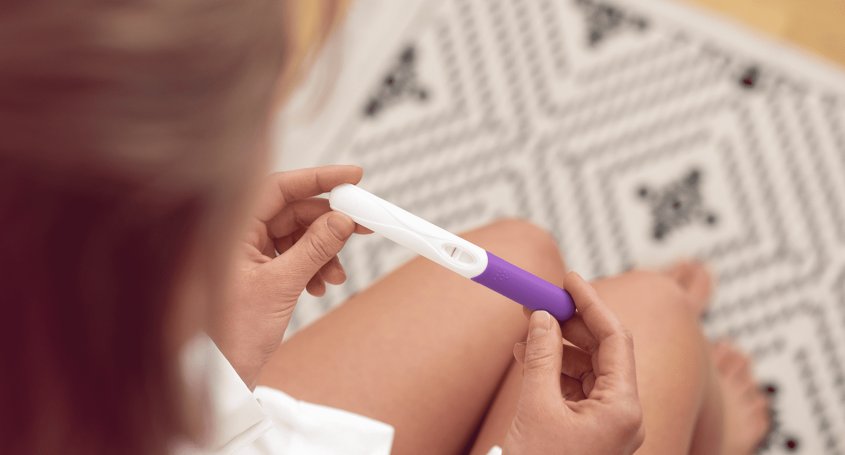Identifying a woman's fertile days is key to achieving pregnancy. There are different methods for identifying the so-called ‘fertile window’, and ovulation tests are one of the most widely used tools for this purpose.
How and when does ovulation occur?
When the ovarian follicle reaches the right size, there is an increase in luteinising hormone (LH), known as the ‘LH surge’, which causes the follicle to rupture and release the mature egg into the fallopian tube, i.e. ovulation.
Ovulation usually occurs around the middle of the menstrual cycle, which means that in a regular 28-day cycle, it occurs around day 14. However, this estimate can vary from woman to woman, and even between cycles in the same woman.
The period from two days before to two days after ovulation is known as the ‘fertile window’ and corresponds to the time in the cycle when you are most likely to get pregnant.
What are ovulation tests and how do they work?
Ovulation tests are tests that help identify the fertile days of the menstrual cycle by detecting the LH peak in urine.
Unlike pregnancy tests, where the presence of human chorionic gonadotropin (hCG) in urine indicates a positive result, in ovulation tests it is important to note that the hormone LH is naturally present throughout the cycle.
This means that the mere presence of LH does not mean that the test is positive. What indicates a positive result is a significant increase in LH levels in the urine.
Due to this particularity in interpretation, there are two types of ovulation tests, which differ in the way they provide the result:
- Ovulation test strips: for the result to be positive, the test line must be the same or more intense than the control line. If the LH line does not appear or is significantly lighter, this indicates that the LH surge has not yet occurred and, therefore, that the woman is not in her fertile days.
- Digital ovulation tests: these are easier to interpret, as the device itself interprets the result and displays it in digital format as positive or negative.
Are ovulation tests reliable?
When used correctly, ovulation tests are over 90% reliable, especially in women with regular cycles. However, their reliability may be reduced in women with irregular cycles, polycystic ovary syndrome, hormonal imbalances or undergoing treatment with hormonal medication.
For more reliable results, it is recommended to follow these instructions:
Ovulation tests are a useful and accessible tool for identifying the most fertile days of the cycle more accurately.
- Take the test at the same time every day.
- Avoid urinating in the 4 hours prior to taking the test.
- Do not use the first urine of the morning, as it is more concentrated and could lead to false positives.
If you are actively trying to conceive and have questions about your menstrual cycle or how to interpret the results, we recommend visiting a fertility clinic, where you can receive personalised advice and have all your questions answered.
Dr. Cristina Guix
Gynecologist specialising in fertility at Barcelona IVF

















